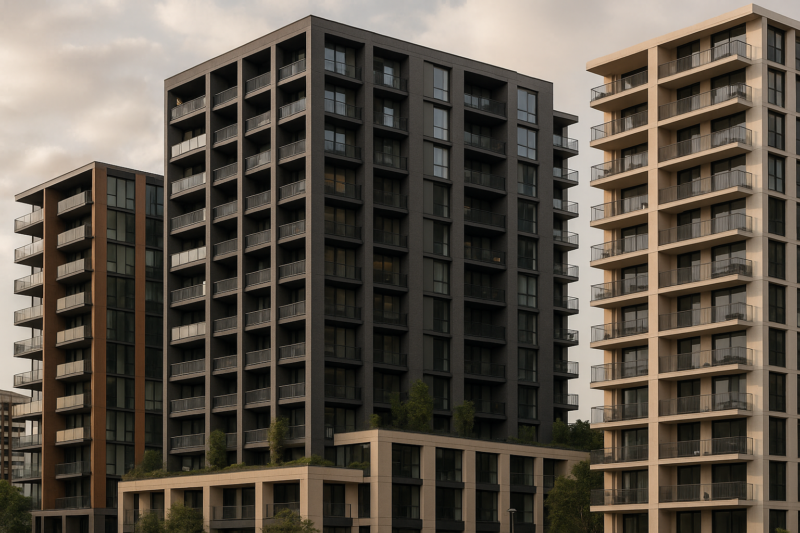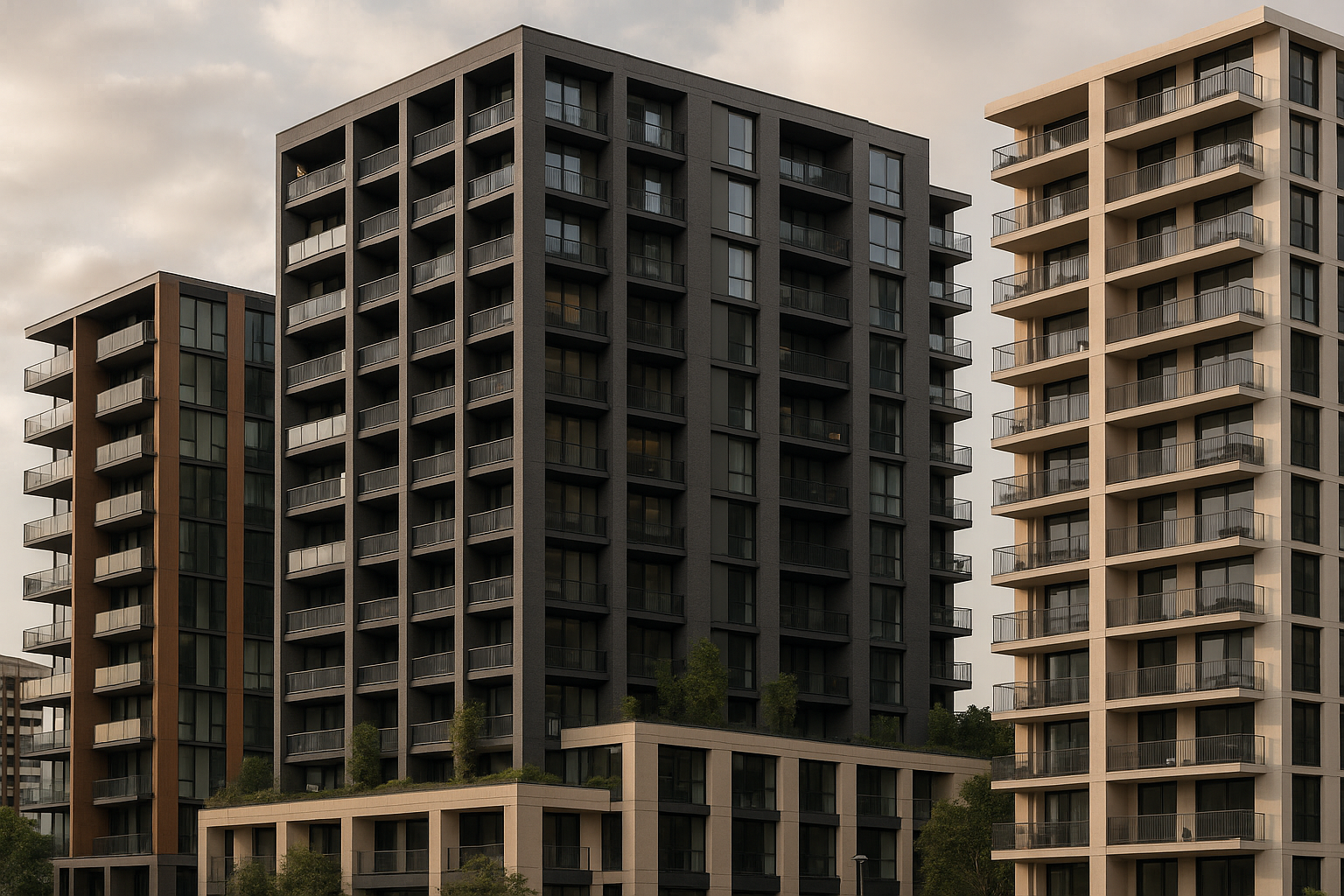
Key takeaways
While already established in the UK and USA, BTR has recently surged locally as Australians embrace the security of tenure, professional management, and lifestyle amenities these developments provide.
2024 saw 4,660 units delivered, and 2025 is expected to hit a new high with 6,000 units.
However, the pipeline drops back to around 4,000 units in 2026, despite strong demand.
High construction costs, financing difficulties, and complex tax and regulatory frameworks are delaying many projects.
Around 20,500 DA-approved units are stalled, awaiting financial backing or policy clarity.
The Build to Rent (BTR) sector in Australia is an emerging housing model where developers build large residential complexes and retain ownership to rent out units.
Our federal government is supporting it in the aim of addressing Australia's housing shortage by increasing the supply of rental housing, offering residents long-term tenure, and providing institutional investors with stable returns.
The Australian government supports BTR through tax incentives to encourage investment.
While it’s already a well-established model overseas, particularly in the UK and the USA, it’s still a relatively new concept here.

What exactly is Build-to-Rent?
For those not as familiar, BTR is simple in concept: developers construct large-scale apartment buildings, but instead of selling off units to individual investors, they hold onto them and rent them out directly.
Some key characteristics of Build to Rent in Australia are:
- Institutional Ownership: Unlike traditional housing where units are sold individually, BTR buildings are owned by large institutional investors or developers.
- Professionally Managed: These properties are managed by professional operators who provide high-quality rental accommodation and amenities.
- Increased Housing Supply: BTR is meant to contributes to the supply of housing, particularly in areas with a housing shortage.
- Long-Term Tenure & Stability: Residents benefit from security of tenure through long-term leases, and investors gain from stable, long-term income streams due to high occupancy rates.
The Australian government offers tax incentives, such as
- an accelerated deduction of 4% for capital works relating to BTR developments
- a concessional final withholding tax rate of 15% on eligible fund payments (amounts referrable to rental income and capital gains from the BTR development).
My concern is that ordinary taxpayers like you and me are paying for these tax incentives, rather than incentivising Australian mum and dad property investors.
Currently BTR doesn't provide affordable options, however the benefit for renters is clear:
-
Residents benefit from security of tenure through long-term leases
-
professionally managed properties, and
-
access to attractive amenities like gyms, co-working spaces, and communal areas.
In short, it’s a more “institutional” rental product compared to the Mum-and-Dad landlords that still dominate Australia’s housing market.
A boom in supply, but for how long?
According to Knight Frank’s Build-to-Rent Update (Q3 2025), last year we saw 4,660 new BTR units delivered across 18 projects nationally, a big jump on previous years.
This year, that figure is expected to surge again, with 6,000 new units hitting the market.
To put that in perspective, in the five years prior, average annual delivery was less than 2,000 units. So yes, the sector has finally taken off.
But here’s the sobering part: Knight Frank warns the pipeline is already showing signs of slowing.
In 2026, delivery is expected to fall back to around 4,000 units, despite the strong demand we’re seeing from renters.
And if you really think about it, 4 or 5,000 new dwellings really aren't going to move the needle on our housing shortfalls.
What’s causing the slowdown?
It’s not demand; these buildings are highly occupied, with rental growth strong and steady.
The issue is feasibility.
Developers and institutional investors are grappling with:
-
higher construction costs,
-
tighter financing conditions, and
-
complex tax and regulatory hurdles.
At present, around 20,500 units are DA-approved but not yet under construction.
Many of these projects are simply sitting on hold, waiting for financial backing or greater certainty around government policy.
The role of Government policy
This is where things get interesting.
Industry leaders argue that without supportive government settings, the sector’s momentum will stall.
-
Taxation: Australia’s BTR tax environment remains fragmented, with different states applying different rules. Investors, particularly foreign ones, see this as a hurdle. While concessions were recently introduced for foreign managed trusts, the overall tax burden still makes Australia less competitive compared to other global destinations.
-
Consistency: A uniform national approach could unlock more institutional investment and get more projects moving.
As John-Paul Stichbury of Knight Frank put it, it’s about stimulating the next wave of growth, ensuring the slowdown in 2026 is just a temporary blip rather than the start of a long-term stall.
Despite the challenges, the outlook for BTR in Australia is far from gloomy.
The fundamentals are still in place:
-
Rising demand for rental housing.
-
High occupancy levels.
-
Steady rental growth.
-
A maturing market attracting global attention.
With the right government support, particularly around tax policy and planning approval, BTR could become a long-term, scalable part of Australia’s housing solution.
Final note
Australia’s housing market is crying out for more rental supply, and BTR offers a model that can deliver it at scale while improving the rental experience for tenants, even though it won't deliver affordable housing.
The surge in 2025 shows the appetite is there: from both renters and institutional investors.
But unless governments act to make the sector more attractive and feasible, we risk losing momentum just as it starts to build.
With tens of thousands of units already approved but not moving forward, the potential is there.
What’s needed now is the political will to unlock it.














